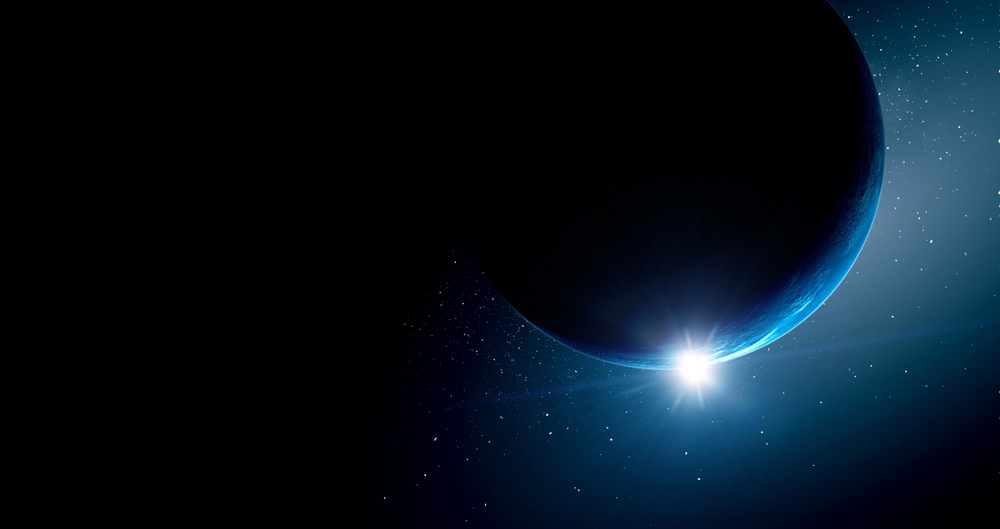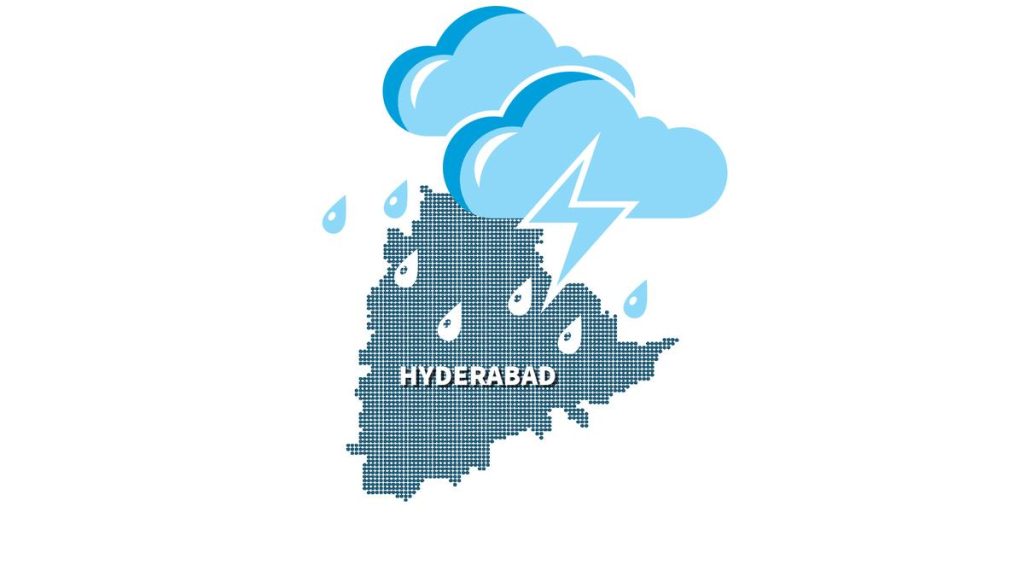Now Reading: Rare Celestial Discovery Could Redefine Planet Nine Theory
-
01
Rare Celestial Discovery Could Redefine Planet Nine Theory
Rare Celestial Discovery Could Redefine Planet Nine Theory

Swift Summary
- Astronomers have discovered an incredibly rare sednoid, 2023 KQ14, nicknamed “Ammonite,” in the outer reaches of the Solar System.
- Sednoids are distant Trans-Neptunian objects with unique orbital characteristics, marked by high perihelia and notable distances from both the Sun and other planets.
- Ammonite is only the fourth known sednoid and differs significantly from its counterparts,making it a unique finding.
- Its orbit fills a gap (q-gap) in the distribution of distant celestial objects, indicating increased complexity in our Solar System’s structure.
- Researchers suggest this finding lowers likelihoods for the Planet Nine hypothesis but raises intrigue about past ejected planetary bodies influencing current orbits.
- Observations reveal Ammonite’s stable orbit for over 4.5 billion years, with numerical models suggesting similarities between sednoid orbits billions of years ago.
- The Subaru telescope detected Ammonite as part of its FOSSIL survey project focused on icy body formation in planetary history.
Image Description: Diagram comparing 2023 KQ14’s orbit (red) with other sednoids (white). Current position indicated by a yellow point. (Image Credit: NAOJ)
Indian Opinion Analysis
The discovery of 2023 KQ14 offers captivating insights into not just celestial mechanics but also broader scientific frameworks addressing Solar System evolution theories. For India’s budding space programs like ISRO and ongoing interest through projects such as Aditya-L1 focusing on solar studies, new findings about remote regions reinforce how international collaboration enables breakthroughs that humble human understanding.
The lowered likelihood for Planet Nine challenges existing astrophysical speculations while uncovering past phenomena-such as possible ejected planets-that shaped current orbital complexities seen today. Continuous advancements like Japan’s Subaru Telescope remind nations like India to prioritize enhancing observational technologies to compete globally within deep-space exploration domains.
Such developments indirectly benefit India’s scientific community by encouraging parallel research expanding horizons toward interstellar investigations beyond immediate utility-only space utilization policy debates gains momentum.
























